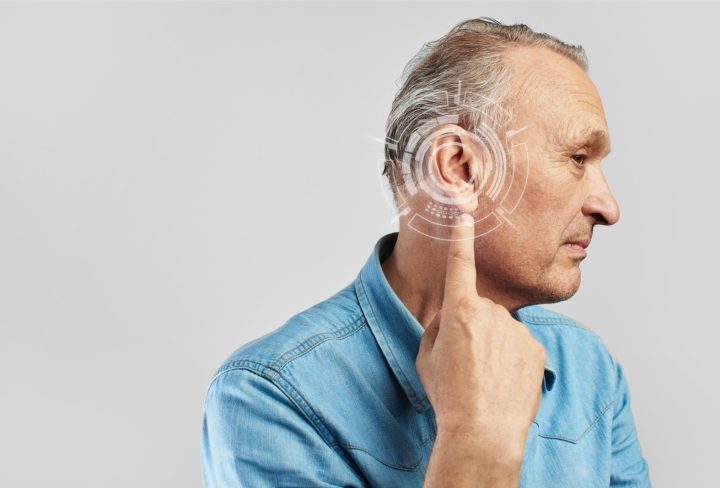Hearing loss is a prevalent condition that affects millions of people worldwide. It is a common sensory impairment characterized by the reduced ability to perceive sounds. It can range from mild to profound and may affect one or both ears.
Causes of Hearing Loss
Several factors can contribute to hearing loss, including:
- Age-related changes in the inner ear (presbycusis)
- Exposure to loud noise or occupational hazards
- Genetics and family history of hearing loss
- Ototoxic medications and treatments
- Traumatic injuries or infections affecting the ear
- Medical conditions such as diabetes, cardiovascular disease, and autoimmune disorders
Types of Hearing Loss
Hearing loss can be categorized into different types based on its underlying cause and location within the auditory system:
- Sensorineural hearing loss: Caused by damage to the hair cells or auditory nerve in the inner ear, resulting in difficulty processing sounds and understanding speech.
- Conductive hearing loss: Occurs when there is a problem with the outer or middle ear, such as earwax buildup, fluid accumulation, or structural abnormalities, leading to reduced sound transmission to the inner ear.
- Mixed hearing loss: Combination of sensorineural and conductive hearing loss, affecting both the inner and outer/middle ear structures.
Treatment Options for Hearing Loss
The treatment approach for hearing loss depends on its type, severity, and underlying cause. Treatment options may include:
- Hearing aids: Devices that amplify sounds and improve hearing for individuals with sensorineural hearing loss.
- Cochlear implants: Surgical implants that bypass damaged hair cells in the inner ear and directly stimulate the auditory nerve, suitable for severe to profound hearing loss.
- Bone-anchored hearing aids (BAHA): Implants that transmit sound vibrations through bone conduction, bypassing the outer and middle ear, often used for conductive hearing loss or single-sided deafness.
- Surgical interventions: Procedures to repair structural abnormalities, remove obstructions, or treat infections affecting the ear.
Hearing loss can significantly impact an individual’s quality of life, communication abilities, and social interactions.
Seek timely intervention and appropriate management to improve their hearing health and overall well-being.


